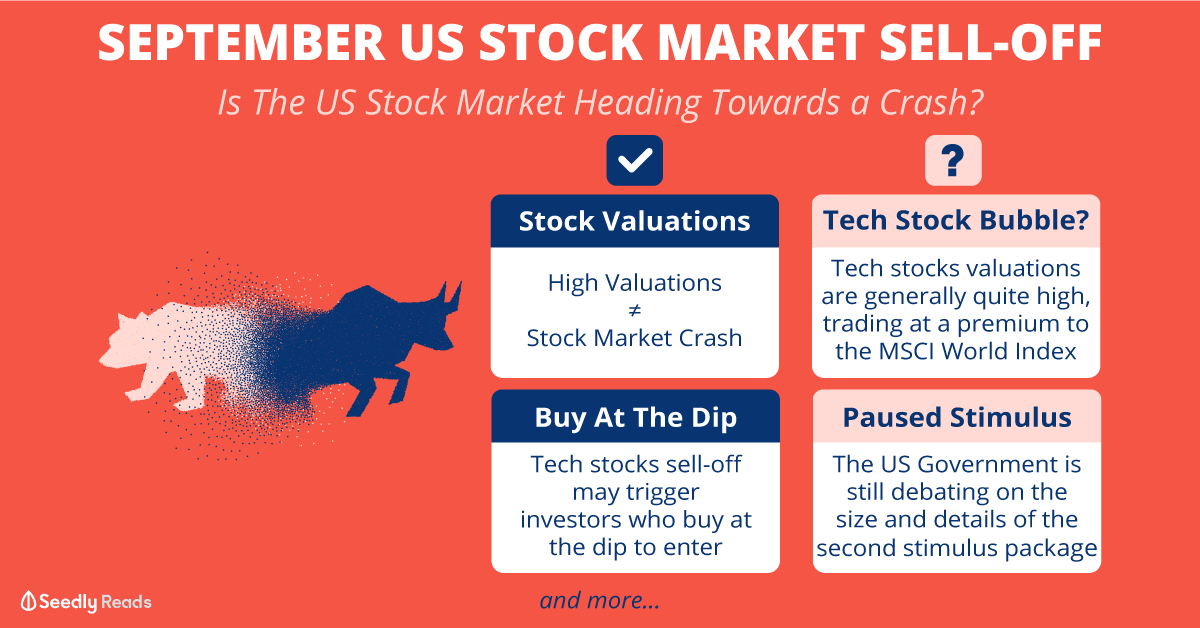Advertisement
Anonymous
Spinning the Future: Emerging Opportunities in the Global Spintronics Market 2024–2033
Introduction
Spintronics, or spin-based electronics, represents a paradigm shift in the world of electronic devices by leveraging electron spin alongside charge. This technology promises enhanced data processing speed, reduced power consumption, and increased memory density. As industries push for faster, smaller, and more energy-efficient systems, spintronics has emerged as a key enabler across sectors such as computing, automotive, and consumer electronics. The global spintronics market, valued at USD 0.8 billion in 2023, is projected to grow at a CAGR of 7.4%, reaching approximately USD 2.7 billion by 2033, driven by innovation in MRAM, quantum computing, and next-generation semiconductors.
Key Takeaways
- Market Size 2023: USD 0.8 Billion
- Market Forecast 2033: USD 2.7 Billion
- CAGR 2024–2033: 7.4%
- Primary Growth Drivers: Advancements in memory technologies, quantum computing, and reduced power consumption
- Key Applications: MRAM, quantum devices, automotive sensors, IoT devices
- Top Players: Intel, NVE Corporation, Crocus Technology, IBM
- Emerging Regions: Asia-Pacific and North America dominate in adoption and innovation
- Main Challenge: High fabrication costs and technological complexity
Technology Analysis
Spintronics technologies exploit both the intrinsic spin of the electron and its associated magnetic moment in addition to its charge. This allows for devices like Magnetic Tunnel Junctions, Giant Magnetoresistance, and Tunnel Magnetoresistance structures. One of the most promising spintronic devices is Magnetoresistive Random Access Memory, which offers non-volatility, high speed, and endurance. Developments in 2D materials and topological insulators are accelerating spintronics integration into mainstream electronics. Research into spin-transfer torque and spin–orbit torque mechanisms is further expanding the range of potential spintronic applications, particularly in neuromorphic and quantum computing.
Application Insights
Spintronics is redefining data storage and logic operations. In the memory segment, MRAM is witnessing robust growth due to its high speed and endurance. The automotive sector utilizes spintronic sensors for position, rotation, and speed sensing, enhancing vehicle safety and automation. In consumer electronics, spintronics is enabling ultra-fast, energy-efficient data storage. Meanwhile, quantum computing is leveraging spin states as qubits, contributing to computational breakthroughs. Additionally, IoT devices benefit from low-power, non-volatile spintronic memory. With ongoing R&D, the application scope is widening, supporting innovations in AI accelerators, biosensors, and energy-efficient logic devices.
Market Segmentation
By Product Type
- Metal-based Spintronics
- Semiconductor-based Spintronics
By Application
- Data Storage
- Sensors
- Quantum Computing
- Automotive
- Industrial Electronics
- Consumer Electronics
By Region
- North America
- Europe
- Asia-Pacific
- Latin America
- Middle East & Africa
Market Restraints
- High Manufacturing Costs: Spintronic devices require advanced materials and nanoscale precision, increasing cost
- Technical Barriers: Challenges in integration with existing CMOS infrastructure
- Limited Awareness: Commercial understanding of spintronics remains low outside specialist sectors
- Scalability Concerns: Difficulties in mass production and standardization
SWOT Analysis
Strengths
- Low power consumption and non-volatility
- High-speed data processing
- Potential for quantum and neuromorphic computing
Weaknesses
- High initial R&D and production costs
- Complex fabrication processes
Opportunities
- Rising demand for AI and IoT applications
- Growth in quantum computing research
- Expanding automotive electronics market
Threats
- Competition from established memory technologies
- Technological integration risks
- Uncertain regulatory frameworks
Key Players
- Intel Corporation
- IBM Corporation
- NVE Corporation
- Crocus Technology
- Samsung Electronics
- Spintronics Inc.
- Everspin Technologies
- Advanced MicroSensors Corporation
Trends and Developments
The spintronics industry is witnessing significant investment in MRAM production, with major semiconductor players integrating spintronic memory in embedded systems. Quantum computing research is increasingly exploring spin-based qubits for improved coherence times. Advancements in 2D magnetic materials and topological insulators are opening new possibilities for ultra-compact spintronic devices. The automotive sector is rapidly adopting spintronic sensors for precision navigation and safety. Meanwhile, neuromorphic computing is exploring spin-based synapses for energy-efficient AI. Strategic collaborations, government-funded research, and increased patent filings are also accelerating innovation across key markets in Asia-Pacific and North America.
Conclusion
Spintronics is revolutionizing electronics by combining quantum mechanics with modern computing needs. With growing demand across memory, sensors, and computing, the market is poised for substantial growth through 2033. Overcoming current restraints will unlock its full potential in next-gen technologies, making it a cornerstone of future electronics.
0
Discussion (0)
Learn how to style your text
Write your thoughts
Related Articles
Related Posts
Related Posts
Advertisement







